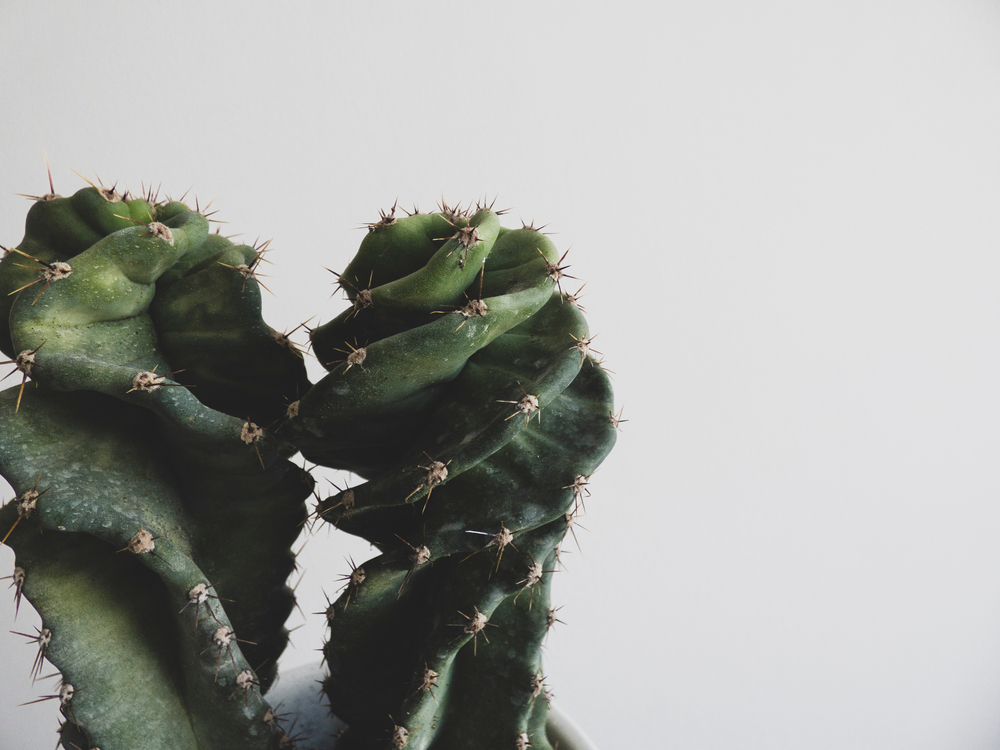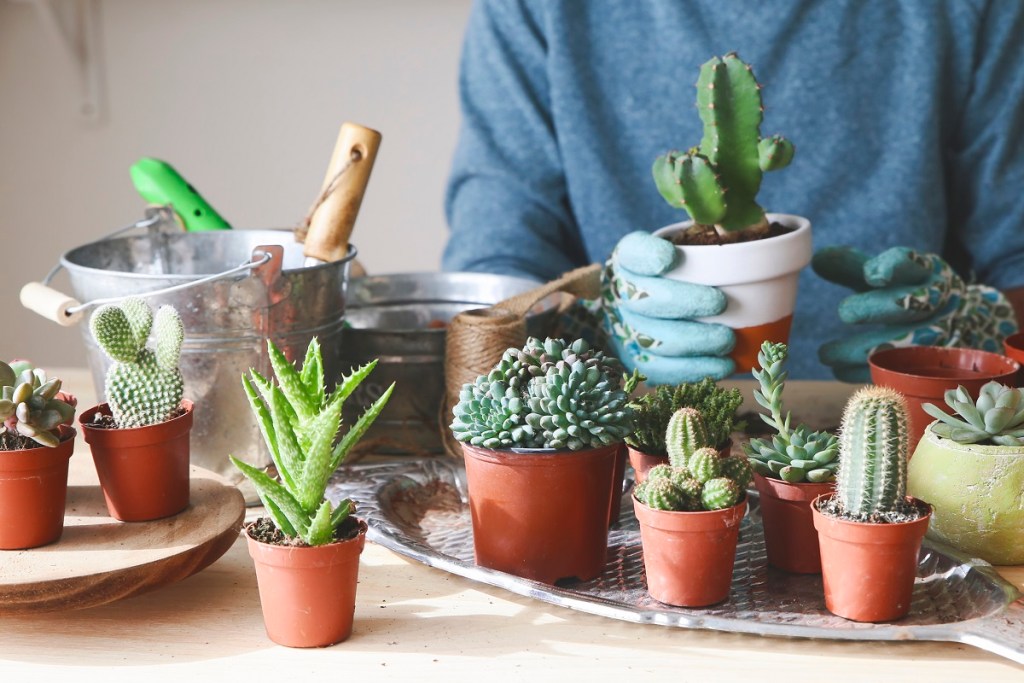Rare plant varieties are a delight to look into, and if you're a collector who loves plants, you might not be able to resist getting a few. There are rare plants in every subsection of plants, and cacti are no exception. You might have heard of the rare spiral cactus; before you invest in this plant, we suggest getting to know what the plant needs and what sets it apart from other cacti. Luckily, we have all the tips and tricks you need!

What is the spiral cactus?
The spiral cactus, or Cereus forbesii, is native to Peru and for a long time was so rare that only wealthy plant enthusiasts who could afford to fund biologists had the pleasure of owning this unique and beautiful plant. Now it’s becoming more popular, but it’s still more challenging to find than other, less rare cacti.
When full-grown, the spiral cactus can reach heights of 6 to 13 feet tall and be 4 to 5 inches in diameter. Contrary to what people believe, not all cacti are slow growers; the spiral cactus is one of the fastest-growing cacti, so you’ll be rewarded quickly for giving this plant the proper care and attention.
The plant has a blueish-green color and feels waxy to the touch. They are heavy bloomers, and the flowers they produce are show-stoppingly beautiful. If you’re lucky enough to experience these blooms, you can pollinate them to produce a large, non-poisonous purple fruit. We can’t promise it will taste good if you decide to try a bite, but it’s non-toxic if a child or pet chooses to give it a try. Just be careful of the extremely sharp spines.

Care tips for a spiral cactus
Since this plant is rarer, you’ll have a harder time finding them and you’ll have to invest more money into obtaining one. This means if it dies, you’ll have a more challenging time replacing it, and your wallet won’t be too happy with you either. So here is a complete guide to caring for this twisty cacti.
Step 1: Water your cactus regularly during spring and summer, then cut back on water during fall and winter.
Cacti grow more slowly during cool weather, which means they use less water. If you don't reduce your watering when the weather begins to cool off, you're more likely to see root rot.
Step 2: Invest in a moisture meter to more accurately measure the amount of water in your cactus's soil.
Step 3: Remove the cactus from it's tray when watering, to allow the excess water to drain properly.
Watering your cactus while it's still in the tray can lead to improper drainage. If you see water pooling in the tray, dry it with a towel to avoid letting the cactus sit in water.
Step 4: Keep young spiral cacti in mixed sun and shade.
They should get at least 4 hours of sun a day, but avoid leaving them in full sun. Young plants are more sensitive to light, and cacti are no exception!
Step 5: Watch for pale spots on young cacti.
These are a sign of too much direct light. If you notice these, move your plant to a shadier location.
Step 6: Place mature plants in full sun.
Step 7: Feed your spiral cactus with a balanced fertilizer twice a month during the spring and summer months.
Don't feed them during fall or winter.
Step 8: Avoid exposing your spiral cactus to temperatures below 50 degrees Fahrenheit or rapidly fluctuating temperatures.
Drafty windows and air vents can weaken or even kill your cactus over time.
Step 9: Handle your cactus with care and keep it away from children and pets.
Although it isn't toxic, the sharp spines will still hurt to touch! Wear gloves to protect your hands.
Step 10: Repot the spiral cactus every other year to freshen up the soil or when the plant has outgrown the pot.
Since these cacti get tall, you’ll want to use a heavy pot to prevent the cactus from tipping over.

Common problems
The Cereus forbesii is susceptible to mealybugs and scale. Unfortunately, the spiral grooves make perfect homes for these pests and they can be hard to detect before you have a full-blown infestation. To get rid of these nasty pests, use an insecticide soap and apply it to the plant according to the label instructions.
Cacti are a unique and fun plant to collect, and finding a rare beauty such as the spiral cactus will be a joy for any cactus lover. These plants are sure to brighten your home with lovely blooms that you can enjoy year-round. Just be sure not to overwater them and keep an eye out for those yucky pests.
Editors' Recommendations
- Everything you need to know about trailing succulents care for lush, thick growth
- How to pick the perfect orchid pots for healthy blooms
- Beyond basil and cilantro, add these unique plants to your indoor herb garden
- Beautiful, low-maintenance pothos varieties to add to your plant collection
- 5 easy-care spider plant varieties perfect for any home garden



